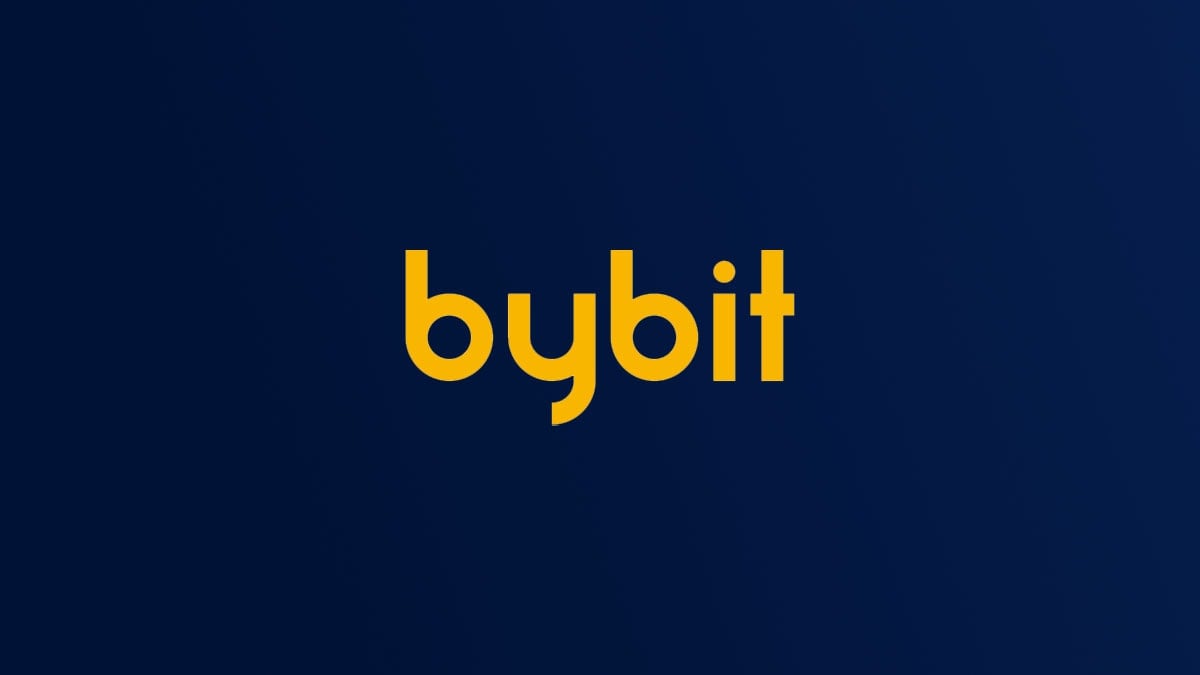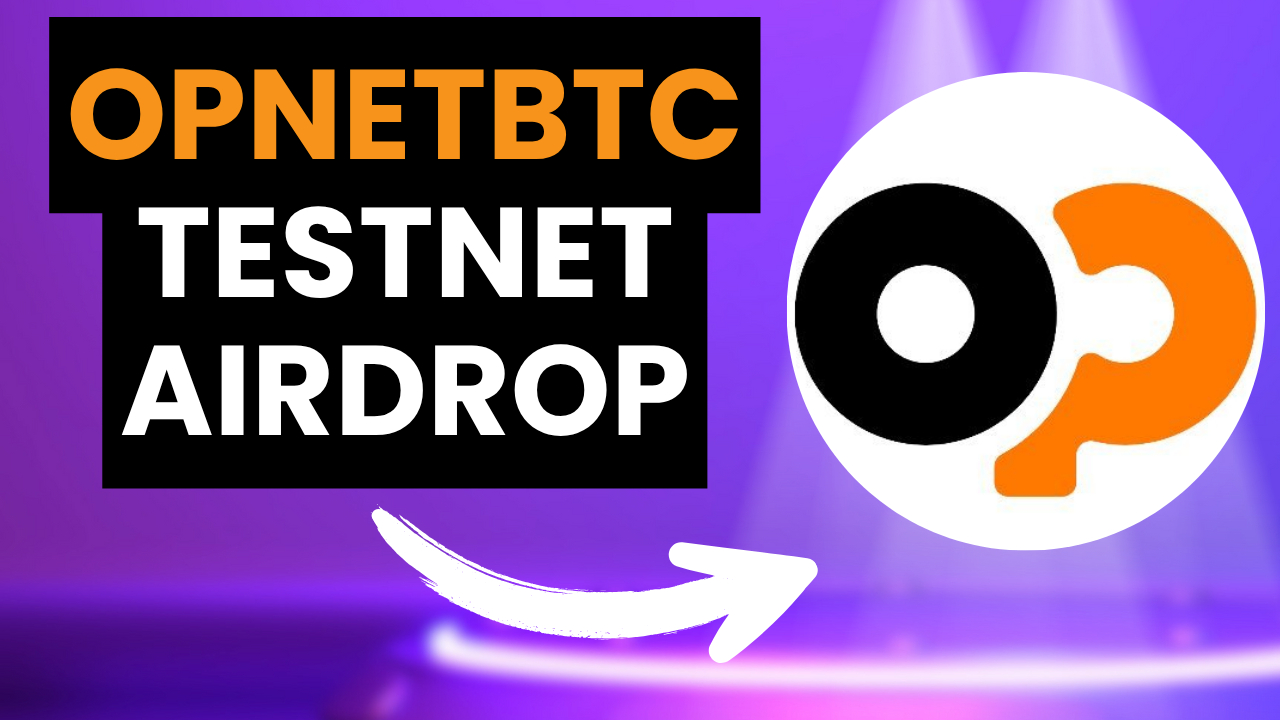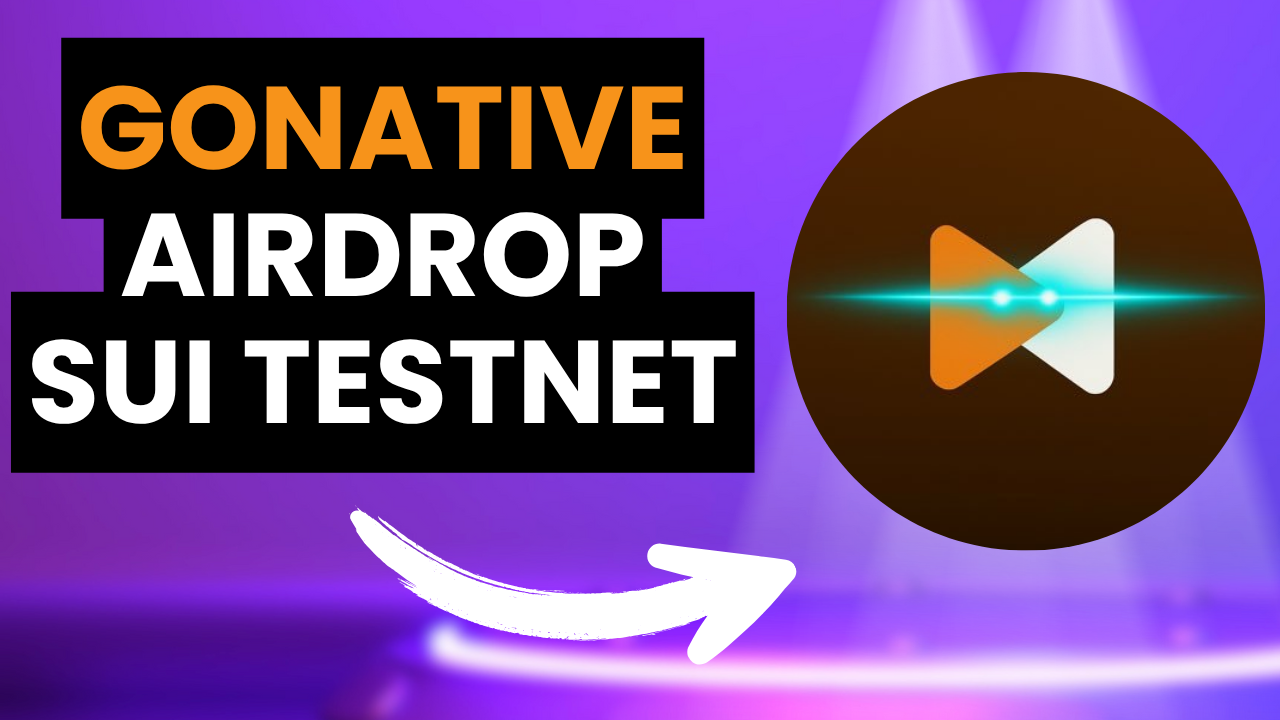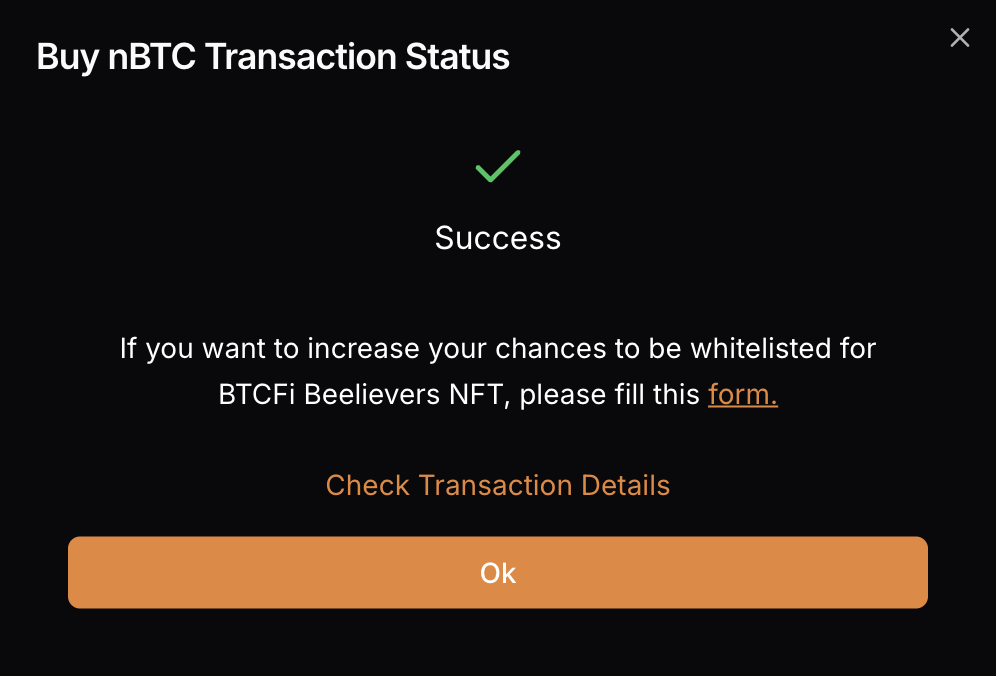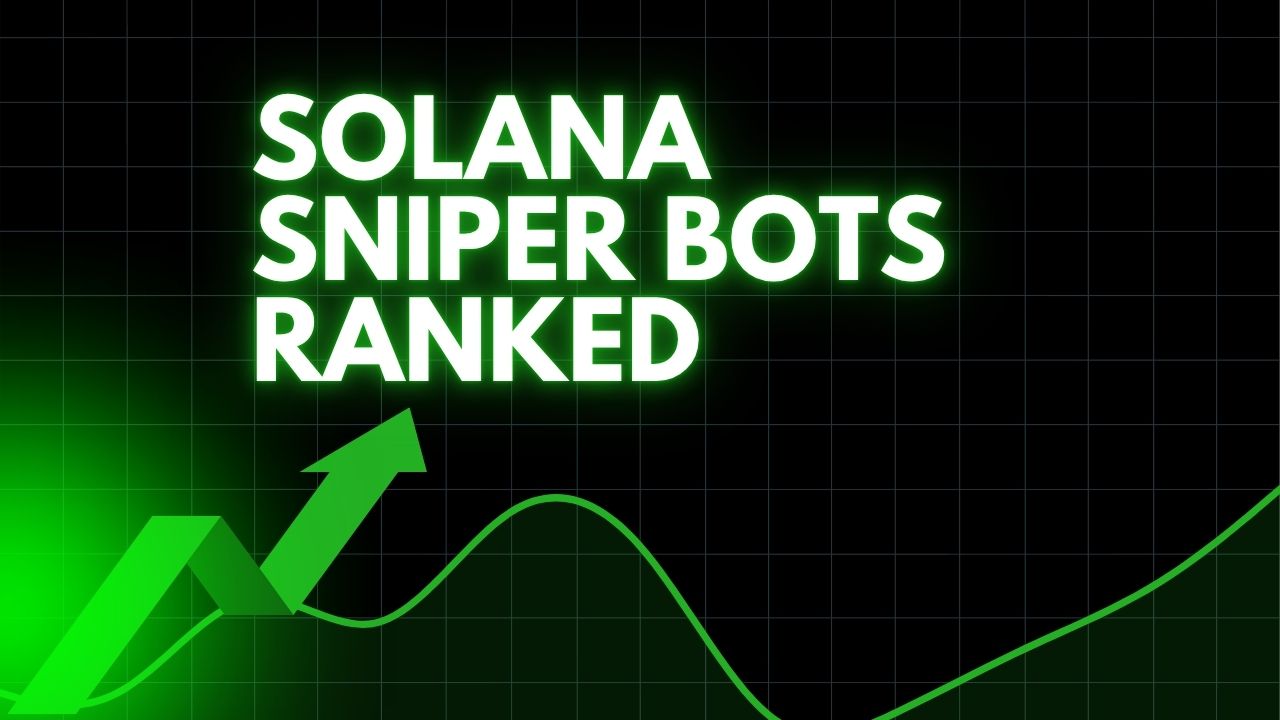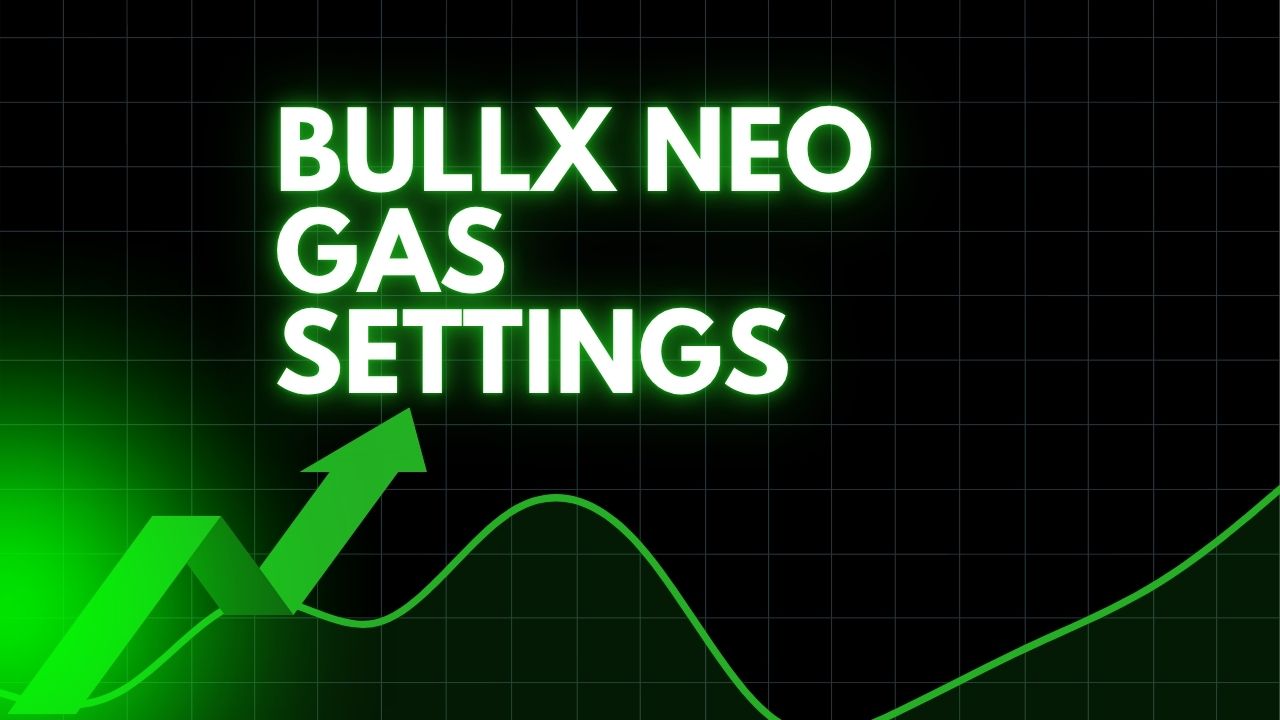Bybit has established itself as the world’s second-largest cryptocurrency exchange by trading volume, serving over 60 million users globally. Founded in 2018, the platform specializes in crypto derivatives trading, offering Bitcoin perpetual futures, options, and leveraged trading. Traders can long or short digital assets, enabling them to profit from both rising and falling market conditions.

In this article, we’ll explore Bybit’s key features, derivatives trading mechanics, and security protocols to determine whether it remains a top choice for traders in 2025.
Key Features
Bybit has evolved into one of the largest cryptocurrency exchanges, offering a user-centric trading experience with cutting-edge features designed for both beginners and professional traders. Here are some of Bybit’s key features:
1. Leveraged Trading
Bybit continues to provide high-leverage trading options, allowing users to amplify their positions with up to 100x leverage on select derivatives contracts.
2. Perpetual Futures Contracts
The exchange specializes in perpetual futures contracts, which allow traders to speculate on cryptocurrency prices without an expiration date. Bybit offers deep liquidity, ensuring seamless order execution even during volatile market conditions.
3. Advanced Trading Tools
Bybit has introduced AI-powered trading analytics, automated trading bots, and customizable risk management features to enhance user experience. These tools help traders make informed decisions and optimize their strategies.
4. Proof of Reserves & Security
Security remains a top priority for Bybit. The platform now provides real-time proof of reserves, ensuring transparency and user fund protection. Additionally, Bybit employs multi-layer security protocols, including cold storage for assets, multi-factor authentication, and anti-phishing measures.
5. Web3 & DeFi Integration
Bybit has expanded its ecosystem to support Web3 applications, allowing users to access decentralized finance (DeFi) services, stake assets, and participate in on-chain governance directly from the exchange.
6. Global Accessibility & Compliance
Bybit has strengthened its regulatory compliance, securing licenses in multiple jurisdictions to ensure global accessibility while adhering to strict financial regulations.
History of Bybit
Bybit was founded in 2018 by Ben Zhou, an entrepreneur from Singapore, with the goal of creating a user-friendly cryptocurrency derivatives exchange. Initially headquartered in Singapore, Bybit quickly gained traction among traders due to its high-leverage trading options and advanced trading tools.
Major Milestones
- 2022 – Bybit relocated its headquarters to Dubai, United Arab Emirates, to align with the region’s growing crypto-friendly regulations.
- 2023 – The exchange faced legal challenges when the FTX bankruptcy estate sued Bybit for nearly $1 billion, alleging preferential withdrawals during FTX’s collapse. Bybit settled the case in October 2024, paying $228 million.
- 2025 – In February 2025, Bybit suffered the largest cryptocurrency exchange hack in history, losing $1.5 billion in Ethereum due to vulnerabilities in its multi-signature wallet system. The exchange replenished its reserves within 72 hours with emergency funding from Galaxy Digital, FalconX, and Wintermute2.
Despite challenges, Bybit remains the second-largest cryptocurrency exchange globally, continuing to expand its Web3 ecosystem, enhance security measures, and refine its derivatives trading offerings
What is Derivatives Trading?
Crypto derivatives trading lets investors speculate on future prices of digital assets like Bitcoin and Ethereum—without owning them. Bybit offers perpetual contracts, futures, and options, allowing users to potentially profit from price movements in either direction.
Why Trade Derivatives on Bybit?
- Leverage Up to 100x
- Hedging Strategies – Reduce losses from price volatility
- Advanced Order Execution – Secure trades with price protection features
Bybit’s Popularity in 2025
Bybit has solidified its position as the world’s second-largest cryptocurrency exchange by trading volume, serving over 70 million registered users globally. The platform continues to attract traders due to its high liquidity, advanced trading tools, and strong security measures.
Types of Derivatives Products on ByBit
Bybit continues to be a leading crypto derivatives exchange, offering a diverse range of trading products designed for both retail and institutional traders. Here is a list of what derivatives products are available on Bybit in 2025:
1. Perpetual Futures Contracts
Bybit specializes in USDT-margined and inverse perpetual contracts, allowing traders to speculate on price movements without an expiration date. These contracts provide deep liquidity and up to 100x leverage, making them a preferred choice for active traders.
2. Standard Futures Contracts
Bybit offers quarterly and bi-quarterly futures contracts, which settle at a predetermined date. These contracts are ideal for traders looking for structured risk management and long-term market exposure.
3. Options Trading
Bybit has expanded its crypto options market, providing European-style options that allow traders to hedge risks or speculate on volatility. The platform supports BTC, ETH, and other major assets, with customizable strike prices and expiration dates.
4. Inverse Perpetual Contracts
Bybit recently introduced 15 new inverse perpetual contracts, enabling traders to use crypto as collateral instead of stablecoins. This feature is particularly useful for long-term holders who want to trade without converting assets.
5. Copy Trading & AI-Powered Strategies
Bybit now integrates AI-driven trading bots and copy trading features, allowing users to follow expert traders and automate strategies. This makes derivatives trading more accessible to beginners while enhancing efficiency for professionals.
Bybit supported countries in 2025
Bybit provides cryptocurrency trading services in over 160 countries, allowing users to buy, sell, and trade digital assets. However, due to regulatory restrictions, certain regions are excluded from accessing the platform.
Bybit Supported Countries
Bybit is available in major regions across Asia, Europe, Africa, and the Americas. Some of the key supported countries include:
- Asia-Pacific: Japan, India, South Korea, Malaysia, Indonesia, Philippines, Thailand, Vietnam
- Europe: Germany, France, Spain, Italy, Netherlands, Switzerland, Poland, Portugal
- Middle East & Africa: United Arab Emirates, Saudi Arabia, South Africa, Egypt, Kenya
- Americas: Brazil, Argentina, Mexico, Chile, Peru, Canada (limited services)
Bybit Restricted or Banned Countries
Bybit does not operate in the following locations:
- United States, United Kingdom, Canada, France – Regulatory frameworks prevent Bybit from offering services.
- China, Hong Kong, Singapore, Uzbekistan – Government-imposed restrictions limit crypto trading access.
- Sanctioned Countries – North Korea, Cuba, Iran, Sudan, Syria, and Russian-controlled regions in Ukraine (Crimea, Donetsk, Luhansk, Sevastopol) are restricted due to international sanctions.
Bybit Supported Cryptocurrencies
Bybit offers a wide range of cryptocurrencies for trading, including major assets, stablecoins, and newly listed tokens. Here are the cryptocurrencies supported by Bybit:
Major Cryptocurrencies
Bybit supports trading for Bitcoin (BTC), Ethereum (ETH), Solana (SOL), XRP, Cardano (ADA), and Polygon (MATIC), among other leading digital assets.
Stablecoins
Users can trade with USDT, USDC, DAI, and other fiat-backed stablecoins, ensuring price stability and seamless transactions.
New Listings & Emerging Tokens
Bybit frequently adds new cryptocurrencies through its Launchpad and Launchpool programs, allowing users to invest in early-stage blockchain projects. Recent additions include AI-powered tokens and real-world asset-backed cryptocurrencies.
Derivatives & Perpetual Contracts
Bybit offers crypto derivatives trading, including USDT-margined and inverse perpetual contracts for major assets like BTC, ETH, and SOL.
Bybit Payment Methods
Bybit offers multiple payment options for users to deposit funds and purchase cryptocurrencies securely. The exchange supports bank cards, digital wallets, and crypto payments, ensuring flexibility for traders worldwide as follows:
1. Bank Card Payments
Bybit allows users to buy crypto using Visa, Mastercard, JCB, Google Pay, and Apple Pay. Users can link up to 5 bank cards to their account, provided they meet identity verification requirements.
2. Supported Fiat Currencies
Users can purchase cryptocurrencies using major fiat currencies, including USD, EUR, GBP, JPY, and AUD. The availability of fiat options depends on the selected payment method and region.
3. Bybit Pay
Bybit Pay is a global crypto payment solution, enabling users to make transactions using 15 major cryptocurrencies, including BTC, ETH, USDT, USDC, XRP, BNB, and TON3. The platform supports instant transfers via email, phone number, or Bybit User ID.
4. Transaction Fees
Bybit applies variable transaction fees based on the payment method:
- Visa/Mastercard (EU) – 1.1% per transaction
- Visa (Non-EU) – 3.05% per transaction
- Mastercard (Non-EU) – 2.7% per transaction
- Google Pay & Apple Pay – 1.8% + €0.24 fixed cost
Bybit Deposit and Withdrawal Fees
Bybit offers zero deposit fees for cryptocurrency transactions, allowing users to fund their accounts without additional costs. However, withdrawal fees vary based on the network conditions and asset type.
Deposit Fees
- Crypto Deposits – No fees for depositing cryptocurrencies into Bybit.
- Fiat Deposits – Fees may apply depending on the payment provider used for fiat transactions.
Withdrawal Fees
Bybit charges fixed withdrawal fees based on the selected cryptocurrency and blockchain network. Some examples include:
- Bitcoin (BTC) – 0.0005 BTC
- Ethereum (ETH) – 0.00015 ETH
- USDT (Tether, BEP20) – 10 USDT
- Solana (SOL) – 0.00802 SOL
- XRP (Ripple) – 0.844 XRP
Bybit processes withdrawals 3 times daily to ensure efficient fund transfers. Users should check the withdrawal page for real-time fee updates, as network congestion may impact costs.
Bybit Trading Fees
Bybit follows a tiered fee structure, offering competitive rates for spot trading, perpetual contracts, and options trading. Fees vary based on VIP levels, which are determined by asset balance or 30-day trading volume.
Spot Trading Fees
- VIP 0 (Standard Users): 0.10% maker & taker fee
- VIP 1: 0.08% maker & 0.0675% taker fee
- VIP 3: 0.075% maker & 0.0625% taker fee
- Supreme VIP: 0.045% maker & 0.03% taker fee
Perpetual & Futures Contracts Fees
- VIP 0: 0.055% taker & 0.02% maker fee
- VIP 3: 0.035% taker & 0.014% maker fee
- Pro 5: 0.021% taker & 0.000% maker fee
Options Trading Fees
- VIP 0: 0.03% taker & 0.02% maker fee
- VIP 3: 0.02% taker & 0.015% maker fee
- Pro 6: 0.015% taker & 0.000% maker fee
Bybit updates VIP levels daily. Users can check their personal fee rates in the My Fee Rate section after completing identity verification.
Bybit KYC Verification
Bybit requires users to complete Know Your Customer (KYC) verification to access most features on the exchange. This process ensures compliance with global anti-money laundering (AML) regulations and enhances security for all users.
KYC Levels & Withdrawal Limits
Bybit offers multiple KYC levels, each with different benefits and withdrawal limits:
- No Verification – Daily withdrawal limit: ≤ 20K USDT, monthly limit: ≤ 100K USDT
- Standard Verification – Daily withdrawal limit: ≤ 1M USDT
- Advanced/Pro Verification – Daily withdrawal limit: ≤ 2M USDT
- VIP Levels – Higher withdrawal limits, up to 30M USDT for PRO 6 users
How to Complete KYC Verification on Bybit
Users must submit government-issued identification and complete facial recognition to verify their identity. Advanced verification requires proof of address, such as a utility bill or bank statement.
Bybit Offers and Coupons
Bybit provides a variety of promotions, bonuses, and fee discounts for both new and existing users through its Rewards Hub. Here is a list of what Bybit offers and coupons are available in June 2025:
1. Welcome Bonuses
New users can claim sign-up rewards by completing tasks such as making their first deposit or executing trades. Bonuses include:
- Deposit Bonus – Earn up to US$50 for funding your account.
- Referral Bonus – Invite friends and receive extra trading credits.
2. Trading Fee Discounts
Bybit offers fee savers that reduce trading costs on spot, perpetual, and futures contracts. These discounts apply automatically when trading.
3. Special Promotions & Airdrops
Users can participate in weekly trading competitions and airdrops, earning exclusive rewards based on trading volume and engagement.
4. Bybit Pay Coupons
Coupons are available for Bybit Pay transactions, allowing users to offset fees when making purchases through Bybit’s payment system.
Bybit Testnet
You can also test transactions on the Bybit Testnet. This allows users who are unfamiliar with features to trade without using real Bitcoin.
Bybit Controversies
Bybit has faced scrutiny over its leveraged trading risks, with some users reporting significant losses due to market volatility. The exchange emphasizes that high-leverage trading is intended for experienced traders, and users must understand the risks before engaging in derivatives trading. Here are some of Bybit’s recent controveries:
- Leveraged Trading Risks – Bybit has been criticized for enabling high-leverage trades, which can lead to rapid liquidations in volatile markets. The platform advises users to employ risk management tools such as stop-loss orders.
- Listing Fee Allegations – Claims surfaced that Bybit charges US$1.4 million in listing fees for new tokens. The exchange denied these allegations, clarifying that projects must provide a promotion budget and security deposit ranging from $200,000 to $300,0002.
- Campus Ambassador Program – Bybit was accused of targeting students with trial trading contracts. The CEO dismissed these claims, stating that no schools officially allow students to trade contracts.
Frequently Asked Questions (FAQs)
The exchange does not allow US Citizens to trade on its platform for regulatory reasons. This rule is enforced by I.P. verification, where traders with a US I.P. address will not be able to trade. It is possible to trade on the exchange without KYC (passport verification) verification.
Currently, Bybit does not require a passport or ID verification to trade on the exchange. There are currently no withdrawal limits. However, not completing the KYC procedures when using a cryptocurrency exchange carries risks. This is because if the exchange is hacked or it collapses, there would be no way of identifying and proving what funds you had there, which would make recovery extremely difficult, if not impossible.
